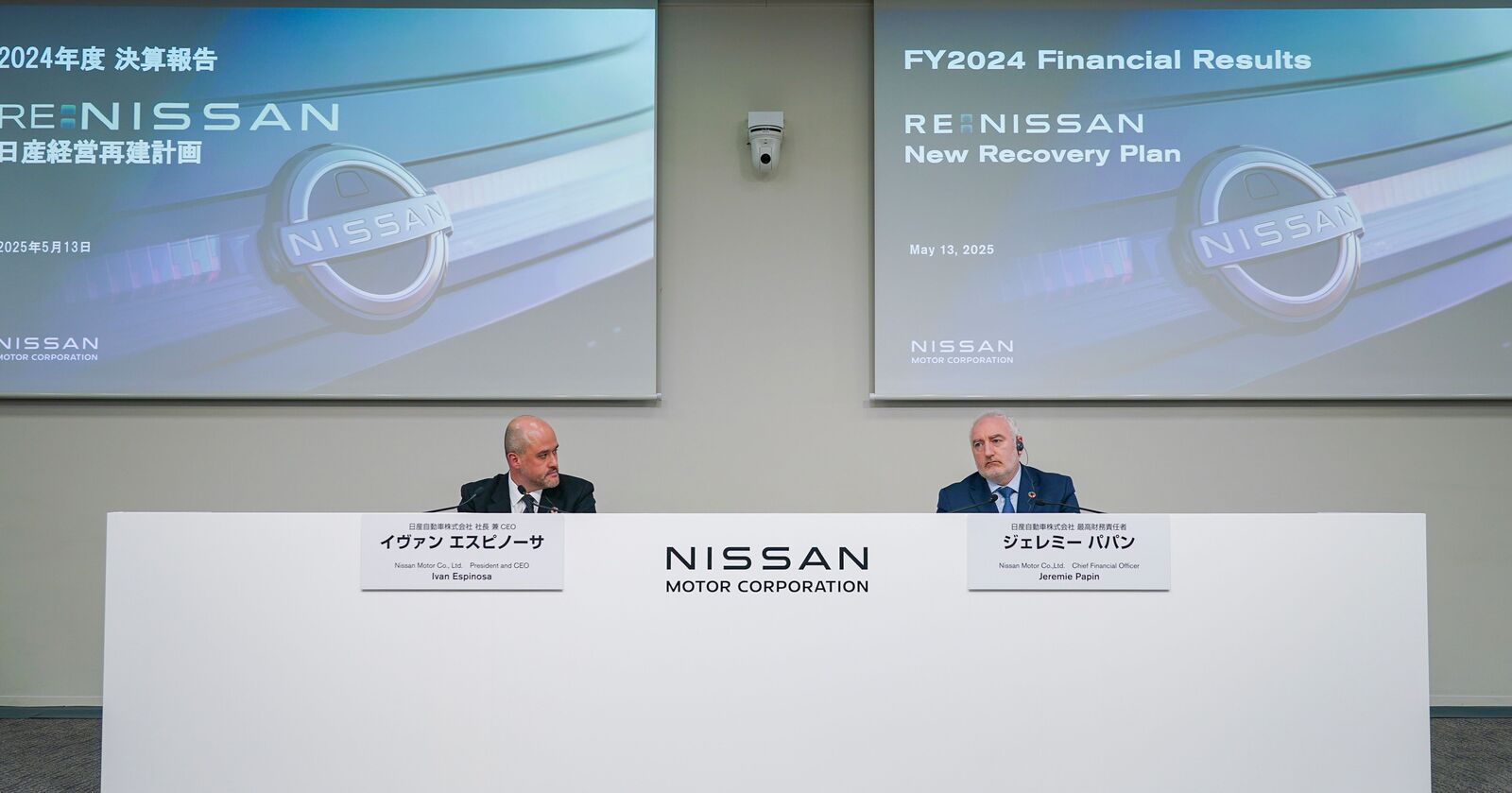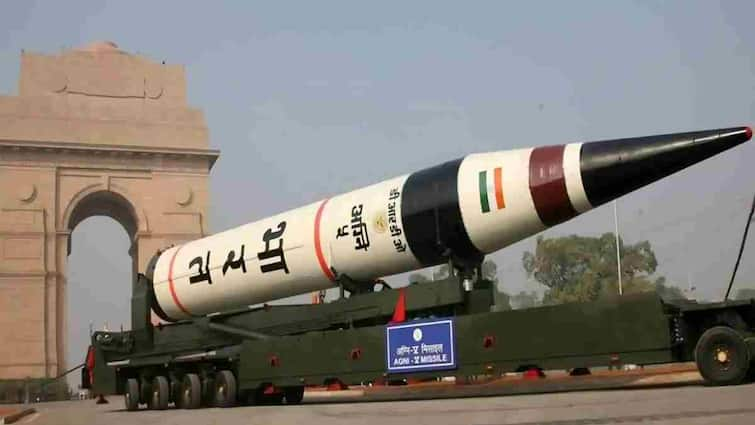
This strategy aims to take the company to profitability by26, righting Deep-seated cost Problems in the face of an unpredictable global Auto Industry, with PARTH PARTH PARTH PARTH PARTICATIES FORITISS Indian Business.
A Sobering Financial Reality
Nissan’s fy24 performance was a strket “wake-up call,” As Eloquently put by CEO Ivan Espinosa. The Automaker Announced a Whopping Net Loss of $ 4.5 Billion, with operating Profit Declining a Whopping 87.7 per cent. These Financial Woes Worsed By A Combination of Reasons Such as Reduced Volume Sales in Major Markets, A POOR Product Mix, Harsh Pricing Competition, and Most Importly, SOARTURINAL and Restlines Expenses.
Also Read: Carlos Ghosn Predicts Trouble Ahead for Nissan-Renault Alliance AMID Shrinking Ties
Nissan Chief Financial Officer Jeremie Papin Pointed Out that Higher Costs, Such as a Large $ 405 Million Spent on restructuring, Were the main reason for the losses. The harsh reality, as espinosa explained, is that the variable costs of the company are increases, and its fixed costs have exceded whatsed whatsed wases of Reveenue can support.
The Paradox of Sales Versus Profitability
Interestingly, the economic downturn was not entertained a mirror of falling sales numbers. Worldwide, Nissan’s Auto Sales Fell by a Relatively Modest 2.8 per cent. Although the key Chinese Market Fell by a Sharp 12.2 per cent, North American Sales Surprisingly rose by 3.3 per cent. Total Revenue was Flat Overall, Falling by Less Than Half a Percent Year-Over-Yaar.
This means that nissan was still seling cars but was struggling with the cost of doing business, effectively “drowning in costs” while still having a facade of sales Activity. The company expects fy25 to be a transition year, predicting a modest decline in worldwide sales and ongoing financial losses, the magnitude of which is still shrouded in global uncertaintiies Possible tariff effects, which are estimated to cost nissan approximately $ 3 billion.
“Re: nissan”: a blueprint for transformation
In reaction to the crisis, nissan has initiated “Re: Nissan,” A. Drastic Turnaraound Plan. CEO Ivan Espinosa Reafffirmed The Call For “Self-Emprovement with Increased Sense of Urgency and Pace, Heading Towards Profitability Based on Lower Reelianse on Volume.” The strategy maximizes nissan’s current liquidity level of a sizable $ 23 billion, further buoyed by available credit lines totaling $ 14.2 billion.
One of the pillars of “re: nissan” is cost cutting aggressively. This involves another 10,000 job Reductions, Taking Total Workforce Cuts to Around 20,000. The Majority of these will come from the elimination of Seven Factories by 2027, Rationalizing its global presence from sevenne to ten bases.
Also Read: Renault Buys Nissan’s 51% Stake in India Joint Venture, takes full control of operations
The aim is to streamline manufacturing processes and keep plant use at Around 100 per cent. In addition, nissan wants to cut engineering expenses for new-product development by 20 per 20 per cent, Reduce Product Complexity by 70 per 70 per cent, and Speed Up Development Cycles to 30 months. All these goals individually area at a cost reduction of $ 3.4 billion.
The Indian Imperative: Challenges and Opportunities
For Nissan India, The Global Restructuring poses challenges and upportunities alike. The Indian market has been a mixed bag for nissan, with the magnite compact suv being a key volume driver and a success story. Launched towards the end of 2020, The magnite has played a keeping nissan alive in the Indian automotive landscape, riding on the renault-nissan alliance’s’S alliance’s CMF-A+ Platform that these Kiger.
The Global “Re: Nissan” Strategy’s Focus on Building Production plant in Oragadam, Chennai. This facility is a key center for both local and expert production. As nissan attempts to consolidate its supply base internationally for more volume with fewer suppliers, the Indian operations, with proven local sourcing, may prove to be key.
Also read: Nissan Bets Big on Magnite Facelift to Kickstart Its Turnaround Journey
The worldwide strategy of emphasizing Profitability with Reduced Dependence on Sheer Numbers Can Translate into a More SEGMENT-Focused Strategy In India. This can mean ramping up on successful segments such as compact SUVs, with perhaps new hybrid technologies – a focus area for north amica -tailored to the individual Structures.
Thought Specific Effects of Global Plant Shutdowns or Layoffs on Indian Operations Have Not Been Mentioned, The Emphasis in All Likelihood be on Optimizing the Chennaii Factory’S Efficiency. Designing New Crossovers Elsewhere Could also Entail Future Products Designed to Suit Indian Tastes.
The carmaker recognizes that fy25 will be a transition year and one of different choices. CFO Jeremie Papin Said, “While Fy25 is a year of challenges and uncertaintes, the actions we are taking as part of our new recovery plan are designed to deliver positive positive outs in fy26.”
Nissan’s road to revival is unquestionable daunting. Yet the fact that it can Continue Selling Cars and Boasts Substantial Cash Buffers Gives Its Aggressive “Re: Nissan” Strategy a Basis.
The next few months will prove Pivotal in Showing if these global and local market strategic adjustments can get the automaker back on the path on the path of sustainable profits. The success of the magnite models in India is a beacon of how targeted, market-specific tactics can bear fruit even in the face of other corporate deforations.
Get Insights Into Upcoming Cars in India, Electric Vehicles, Upcoming Bikes in India and Cutting-Edge Technology Transforming The Automotive Landscape.
First Published Date: 14 May 2025, 09:54 AM IST







